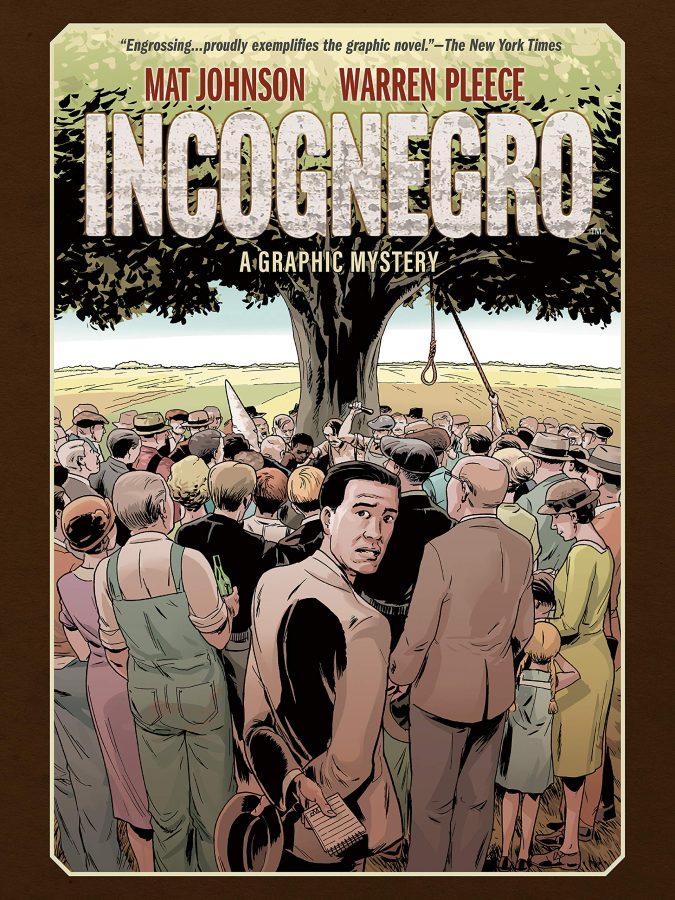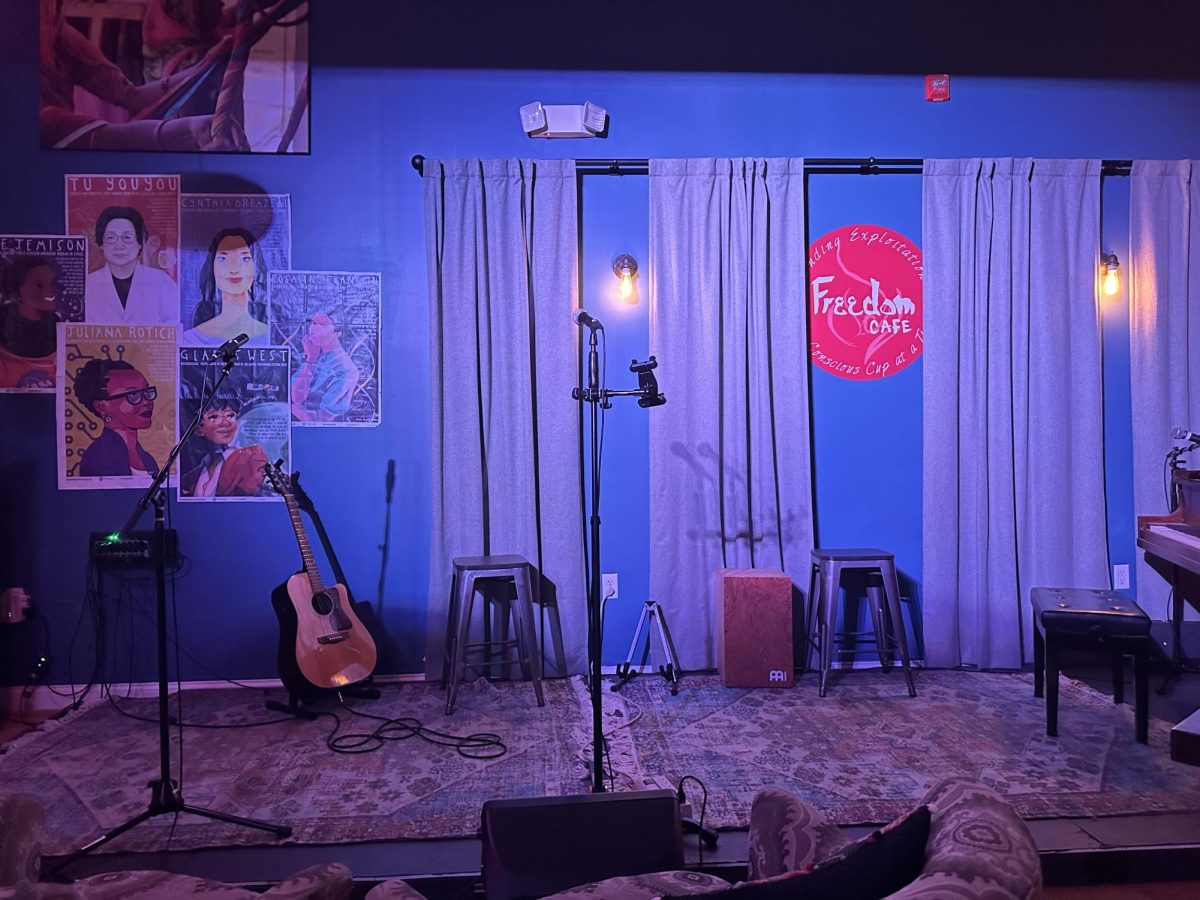In his graphic novel, “Incognegro” (2008) author and University of Oregon professor Mat Johnson shines a light on the history of race relations in the United States and questions the foundations of the racial divide.
Johnson grew up as a “Black boy who looked white” in a predominantly Black neighborhood during the height of the Black Power movement in the 1970s. Johnson often felt alienated from his peers because of his perceived whiteness. These feelings of isolation would lead Johnson and his cousin, who was also light-skinned, to fantasize about how they could turn their appearances into an asset.
“We would ‘go incognegro,’ we told ourselves as we ran around, pretending to be race spies in the war against white supremacy,” explained Johnson.
Johnson’s childhood fantasies of going “incognegro” would be largely forgotten until his college years when he first learned about Walter White, who headed the NAACP from 1929-1955. During the early 20th century, White spent much of his time going undercover as a white man in order to report on the lynching occurring in the southern United States. White investigated 41 lynchings, eight race riots and two cases of widespread unpaid Black labor during this time. White would later become one of the main inspirations for Incognegro’s main character Zane Pitchback.
However, it wasn’t until the birth of Johnson’s twins in 2005—one of whom appeared African American and the other traditionally European—that the story for “Incognegro” really started to form in his mind.
“[The twins were] two people with the exact same ethnic lineage destined to be viewed differently only because of genetic randomness,” said Johnson. “From there, the story found itself.”
The story of “Incognegro” follows Zane Pitchback, a “white passing” African American who goes undercover to report on lynching in the South during the 1930s. However, it is during one of his undercover missions that Zane gets caught up in a murder investigation.
The setting of the novel is vivid. The use of 1930s slang in the dialogue in particular immerses the reader into the culture of the era. I also believe “Incognegro” uses the mystery genre to its advantage by not only creating an engaging storyline for readers to follow, but also underlining its overall theme of disguises. Disguises come in many forms in “Incognegro,” many of which I will not list here for fear of spoilers. However, by showing the ease in which Zane blends into white society—the only modification he needs to make is hot-pressing the kink out of his hair—the novel continually questions the audience’s perception of what constitutes race.
I think the best example of the novel’s stance on race as a social construct can be found in one of Zane’s early monologues: “That’s one thing that most of us know that most white people don’t. That race doesn’t really exist. Culture? Ethnicity? Sure. Class too. But race is just a bunch of rules to keep us at the bottom. Race is a strategy. The rest is people just acting. Playing roles.”
The artwork for “Incognegro” by Warren Pleece only elevates the story. The black and white color palette and panel placement is so packed full of meaning that you could write an entire paper about one page. I may be speaking from personal experience.
Nevertheless, the issues discussed in “Incognegro” are heavy ones and may be triggering to some audiences. However, I believe it’s important that Johnson and Pleece did not shy away from depicting the truth about a horrifying part of American history. More than 4,500 Black men, women, and children were lynched by white mobs between 1877 and 1950, according to the Equal Justice Initiative. America has largely ignored this long history of the racial violence with the first monument to commemorate Black lynching victims only opening in 2018.
For many, the form of anti-Black violence of the modern era has become the deaths of unarmed African Americans at the hands of the police. This issue has once again garnered national attention after the death of George Floyd sparked protests around the world.
“It was a modern-day lynching,” said historian, cultural critic and author Arica Coleman in an interview with National Geographic. “[George Floyd] was lying helplessly on the ground. He’s subdued. There’s the cop kneeling on his neck. This man is pleading for his life. To me, that is the ultimate display of power of one human being over another. Historically, you could be lynched for anything.”
I believe “Incognegro” remains a relevant read as it provides a snapshot of a period of racial violence in American history; a violence that still remains today. As it is said: it’s important to know where we’ve been, so we know where we are going.
Photo courtesy of Vertigo.






















